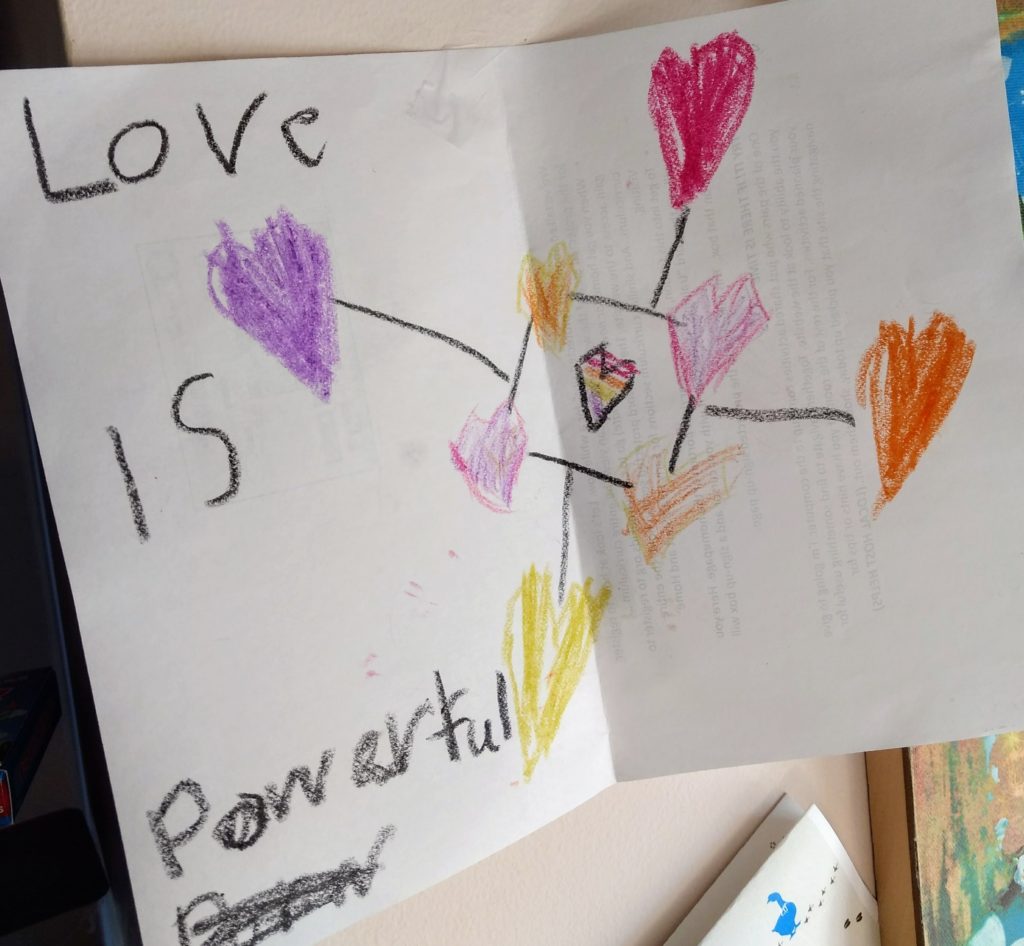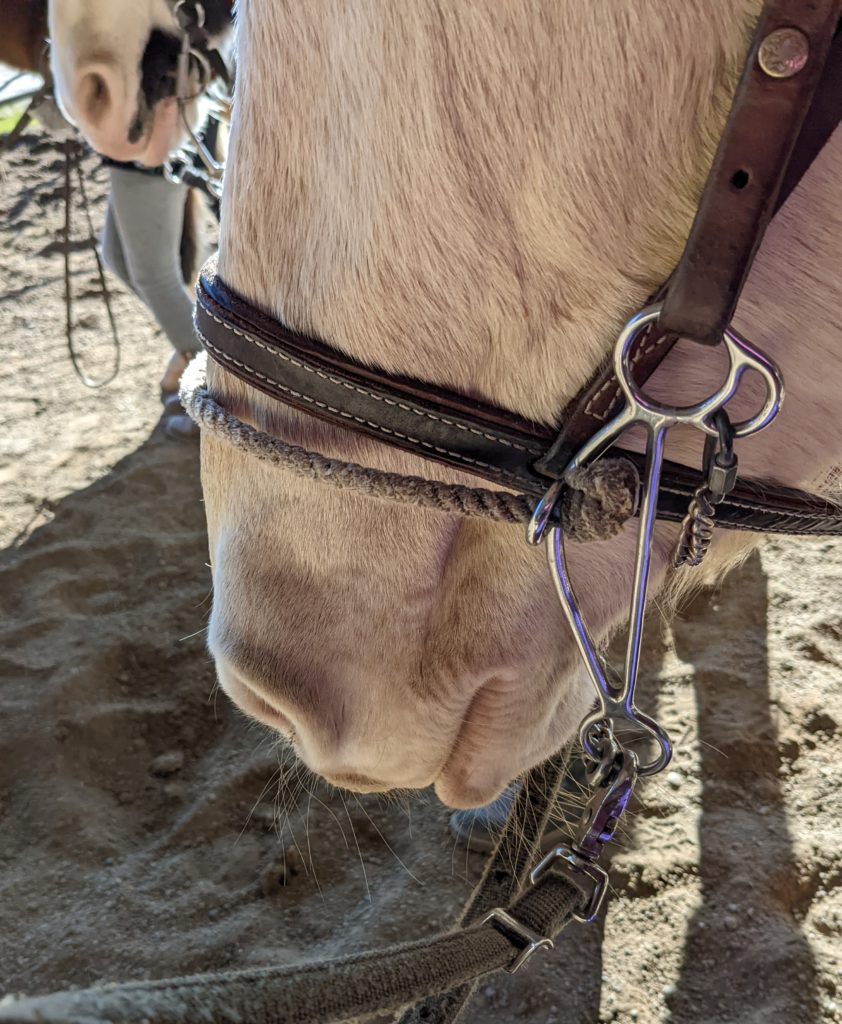May 1st, 2004 was the first post to this iteration of my blog. 18 years of writing blog posts in one place. The previous blog waffled, wandered and the digital artifacts are for the most part, lost. But even those four years were instrumental to my discovery and learning. (I used the first blog mostly to curate resources for clients!)
In 2017, my dear friend Lilia Efimova reflected on her blogging history. She is, happily for me, still blogging, as is Ton Zylstra, whose post triggered Lilia’s. Those two were pioneers for me, and their writing still inspires and teaches me. (The list of other people whose blogs were/are still dear to me should be added to this post. Someday, right?)
Ton’s post on 15 Years of Blogging made me realise that I had reached similar milestone last June. In this post I look into “more blogging, less FB” issues and outline several points to work on.
Lilia Efimova
Source: 15 years of blogging, FB and what’s next — Mathemagenic
Lilia reflected back then on the wider range of places we can write, share, post, connect and most directly reflected on the borg that is Facebook. The proliferation of other socially-oriented platforms definitely had an impact on blogging in general, and directly for me.
Ton wrote:
When I started blogging it was the source of a tremendous proliferation of new connections, a whole new peer network emerged practically overnight. Distributed conversations became face to face meetings and brought us to places like the Blogtalk and Reboot conferences. Many of the people I regard as a major source of learning, inspiration I met because of this blog. Many over time have become dear friends. That alone is enough to keep blogging.
Ton Zylstra
Back in the day blogging was so many things. It created an online identity, connected me with people who have been essential in my life and formation. It triggered F2F things like Blogging conferences (Northern Voice! BlogHer!)
For me blogging is still primarily a place to think out loud together. Since fewer people blog/read blog posts/comment, the level of connection has shrunk. There has been no group F2F for years. But the last four months of regular blogging have reenergized some of those connections. And reaffirmed the value of thinking out loud together. Thank you for reading… and happy Blogiversary to me!




